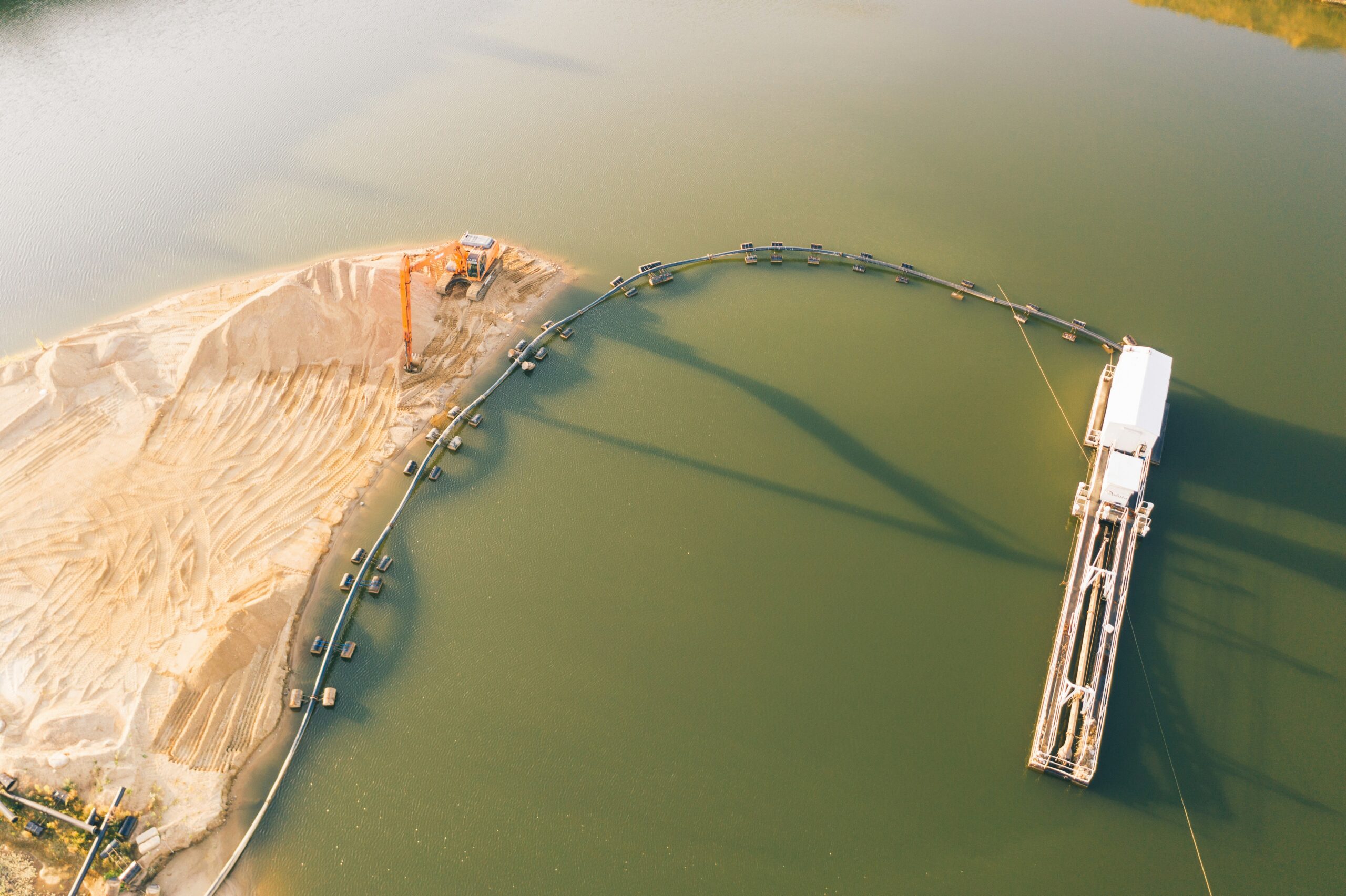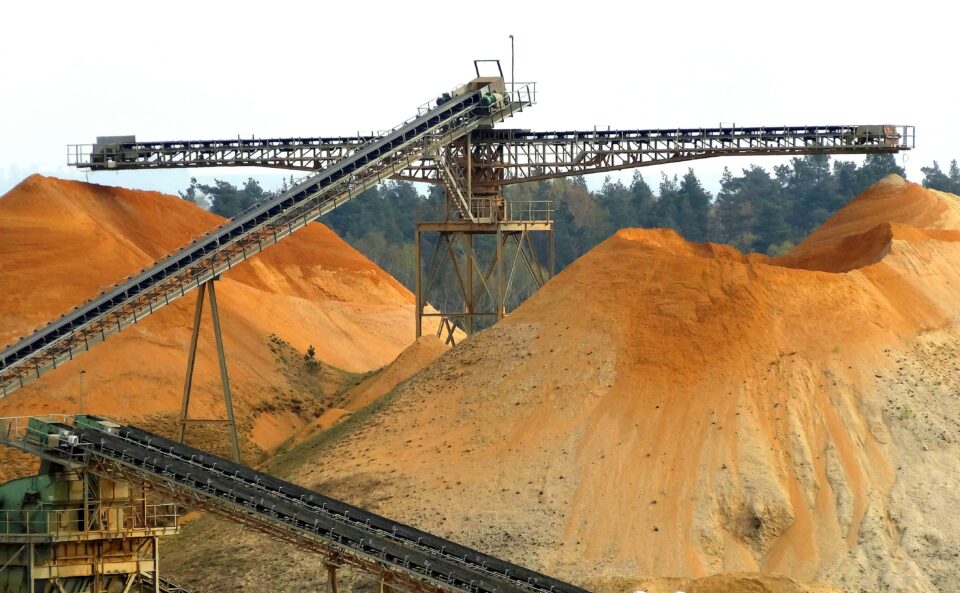Weather variability due to climate change is now a complicating factor for South Africa’s mines, as they engineer solutions to traditional water-scarcity challenges.
As water-intensive operations, mines generally require large volumes of water in their processing plants to facilitate effective mineral extraction. Many of the country’s mining regions also happen to be located in provinces where annual rainfall is relatively low.
“The design of water management systems has tended to rely on historical rainfall and weather data, which was used to project anticipated conditions into the future,” said Tiaan Bauman, partner and principal civil engineer at SRK Consulting South Africa. “With climate change and rainfall variability, this is no longer sufficient – so engineers and scientists are building new models of forecasting into their designs.”

Too little, too much
The first challenge for mines is, of course, to ensure that there is enough water available or stored to supply their operations through the dry seasons, said Bauman. There is increasing focus on finding alternatives to the scarce and potentially costly water from municipal sources. With greater rainfall variability, dry spells can turn into drought conditions more often than expected, so storage capacity may need to be expanded.
“The engineering of water retention facilities on mines is therefore demanding more attention,” he said. “On the one hand, there may be more frequent droughts due to changing rainfall patterns, while on the other, there have been more intense and localised downpours.”
For mines, this adds considerably to operational uncertainty and environmental risk – as higher-than-usual rainfall intensity can quickly result in return water dams and settlement ponds filling up and over-topping. According to South African laws, water discharge from a site must meet strict water quality standards.
Compliance and risk
“Many mines already have dedicated treatment facilities to achieve these standards before they conduct controlled discharge into rivers or drainage networks,” he pointed out. “Non-compliant discharges into the environment or dam breaches can lead to costly fines and even more significant reputational damage.”
The latest standards governing tailings storage facilities – the Global Industry Standard on Tailings Management (GISTM) – also shine a spotlight on the risk of higher rainfall patterns and their impact on mining sites. The GISTM explicitly requires signatories to consider climate change when developing and applying their engineered solutions.
Raising the bar
“In recent years, leading mining companies have invested considerably in reviewing their TSF design and management, as well as associated infrastructure such as return water dams,” said Bauman. “As consultants, we have been actively involved – not only to ensure that the latest standards are being applied, but to push the boundaries of this discipline to further evolve innovative ways to more effectively meet these standards.”
He acknowledged that improvements to water-related infrastructure does place a financial burden on mining, and smaller mining companies are often less well-resourced to make the necessary investment in sustainable and resilient solutions.
“However, it is becoming increasingly clear that such engineering interventions are essential – and that we must foster the necessary research and development to optimise our strategies,” he said.
Progress
Already, there has been considerable progress in the local mining sector in terms of applying water treatment techniques to re-use water in plant processes and beyond, he said. In Mpumalanga, for example, some coal mines have even collaborated to improve water quality to a potable standard – where it can be sold back to a municipality for community use.
Baumann noted that, while there are various water treatment technologies available – including the desalination of seawater by coastal mining operations – many can be costly. The growth of the population and the economy generally means that companies are having to accept that procuring the right quality of water is going to become more expensive.

Social licence and stewardship
“A key factor guiding water engineering options is mines’ relationships with their local communities, which is really the basis of their social licence to operate,” he said. “Mines recognise the need to balance their own demands with those of the towns and settlements around them.”
This has opened the door for the growing acceptance of water stewardship as an approach to water management – as it provides strategies for taking into consideration the broader catchment around a mine, including stakeholders like communities and other industries.
“Especially with the water shortages faced by many municipalities around South Africa, the focus for mines is to draw as little water as possible from the traditional municipal sources – and for mines to work towards self-sufficiency,” he said.



